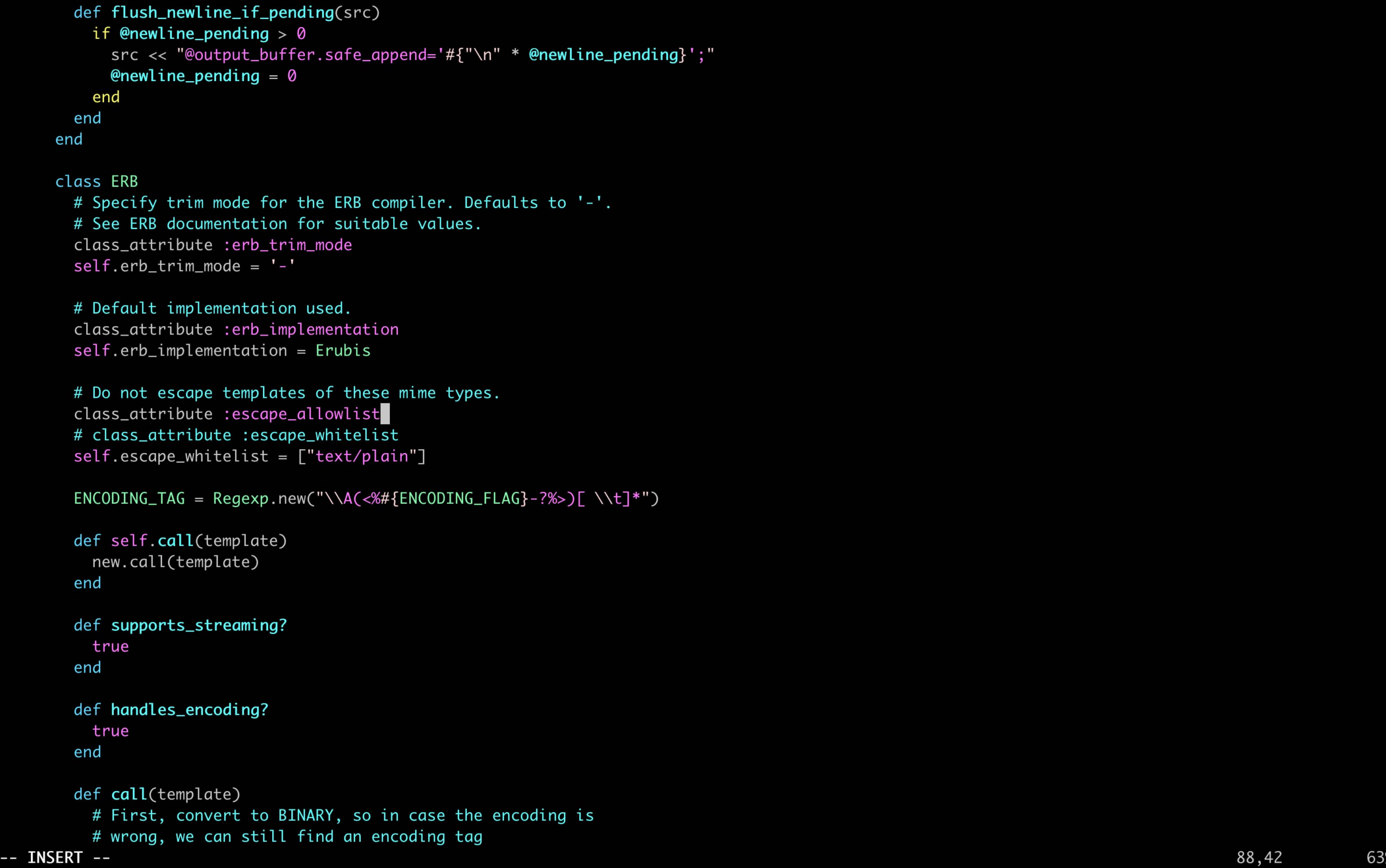Sparking the debate
Yahoo’s CEO, Marissa Mayer, caused a pretty significant wave across corporate America yesterday with her sweeping mandate requiring all employees to report back to the office for active duty. In other words – Mayer is eliminating a work from home policy – the kind of policy that Internet companies made famous in the late 90s.
The Internet changed the way we think and connect and do business and the way we work. It made remote contributions in real time a real possibility. Suddenly, company leadership recognized that they might actually get more from staff by encouraging remote work and flexible hours.
When people work from home – especially the youthful, Internet culture cultivated by start-ups in the late 90s and early 2000s – they never punch out. At the time, that was a big reason for the shift in thinking. The idea that those high-pressure, high-value, high-risk digital start-ups could actually get more from their employee base was appealing at the time.
But the debate’s been around
Let’s be honest, working from home is not a new thing. It didn’t just happen in the last 15 years. Smaller companies and freelancers have seen value in home offices for a long time. But until corporate behemoths like Best Buy and Yahoo, among others, shined a bright light on their progressive work at home policies – no one cared.
But even with all this “progressiveness,” you can take the working out of the office but you can’t take the corporate out of America.
Yesterday, with Yahoo’s policy shift, one of my colleagues suggested that Mayer’s intention was to create attrition. It’s a logical prediction – perhaps she wants to reduce the work force at Yahoo by clearing out the people who really don’t want to work there. It’s an interesting strategy. Years ago when Best Buy got so much attention for their Results Oriented Work Environment (or ROWE) many of us running small businesses were a little surprised that the concept of “working at home” was suddenly a thing. So many employees took advantage of the opportunity that it was seemingly a positive and valued thing. I remember on many occasions walking through the halls of cubicles with colleagues at Best Buy and being amazed by how few people actually came to work after that flexible option was put into place. It was shocking to me that whole floors of this big, beautiful costly campus seemed like a ghost town.
But are we debating the right thing?
Do the “working at home” or ROWE models cultivate better and more productive companies? Do they curtail or increase work? What’s their purpose?
Are all sides of these arguments simply symptoms of a more fundamental issue?
I struggle with what we’re paying attention to, really, and with where our energy goes. It seems that the current conversation centers on allowing employees to work from home or not. But this is the wrong focus. I don’t think we should be reacting so harshly to Mayer’s suggestion that everyone come back to work. Rather, we should think about creating an environment where people WANT to be. The issue we should really be talking about is how to support doing good work.
Something I’ve tried to point out often is that the benefits mentioned when Clockwork gets noticed for being a good employer – the flexible work hours, the office space itself, the remote working opportunities, and, what’s worse, the beer – aren’t the things that actually keep anybody at a company.
ROWE and attrition are less about demanding attendance or designing workspaces, and more about improving energy and expectations around hiring practices, identifying and articulating values and culture in a way that truly engages staff, as well as trusting – and entrusting – the people you work with.




